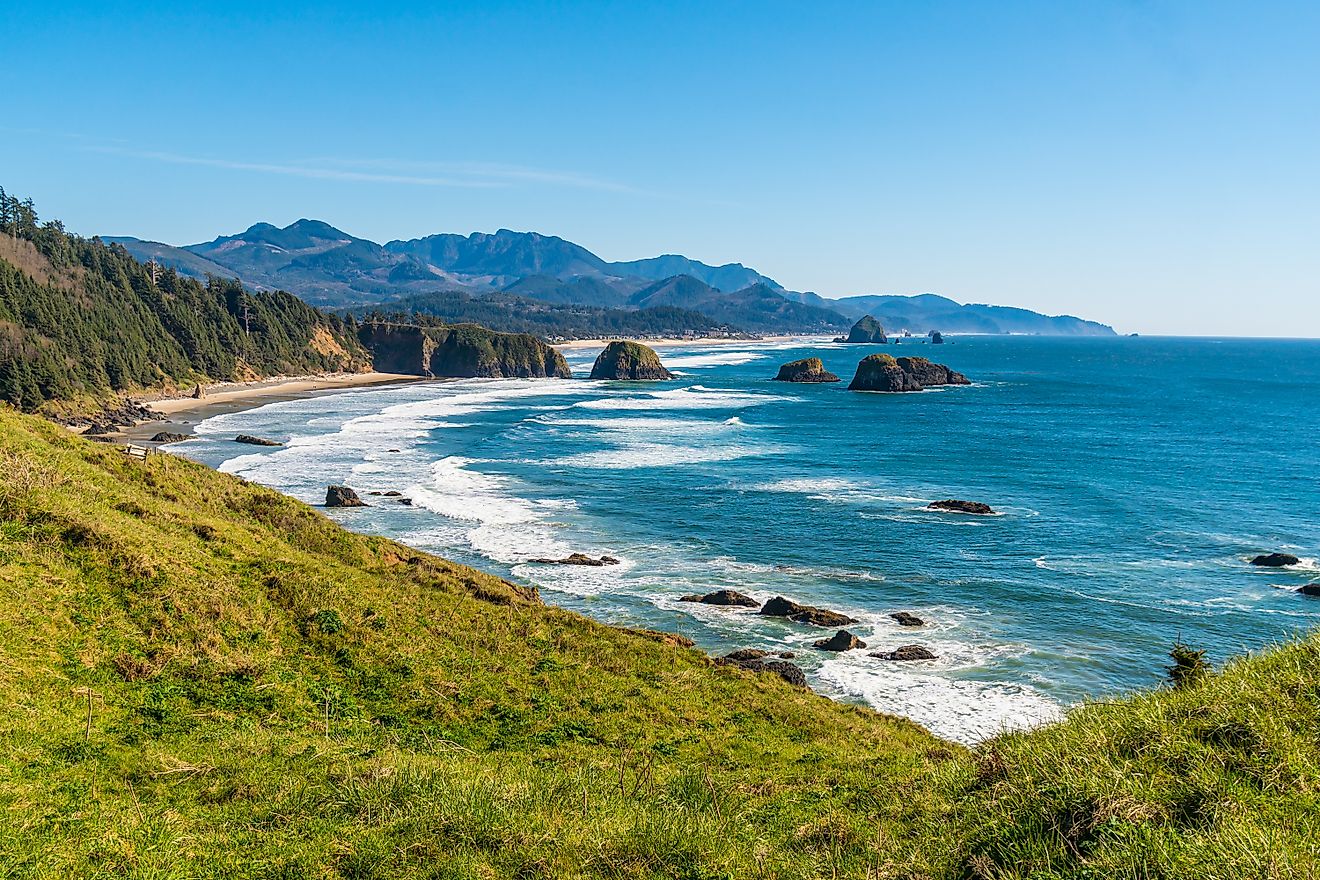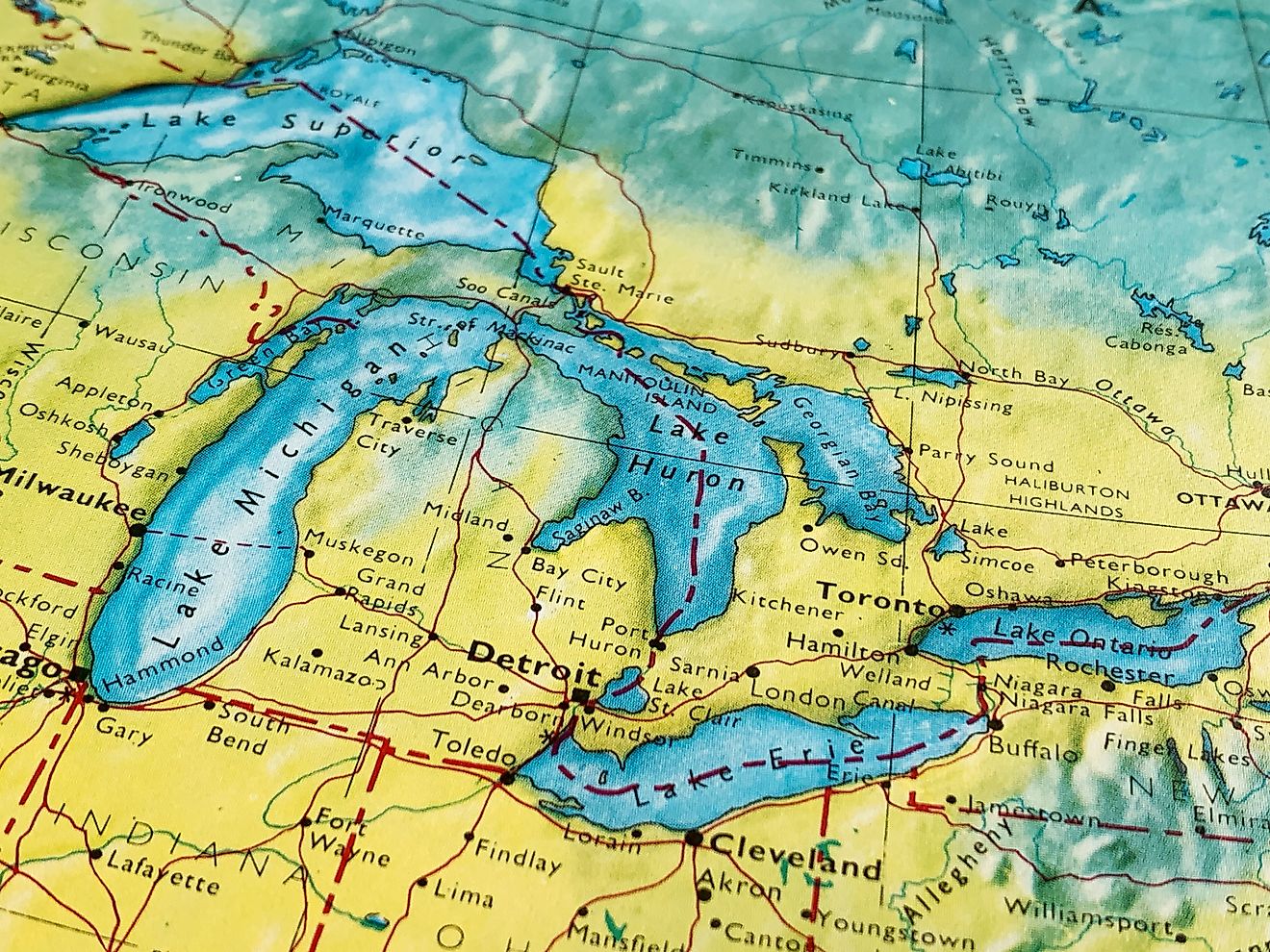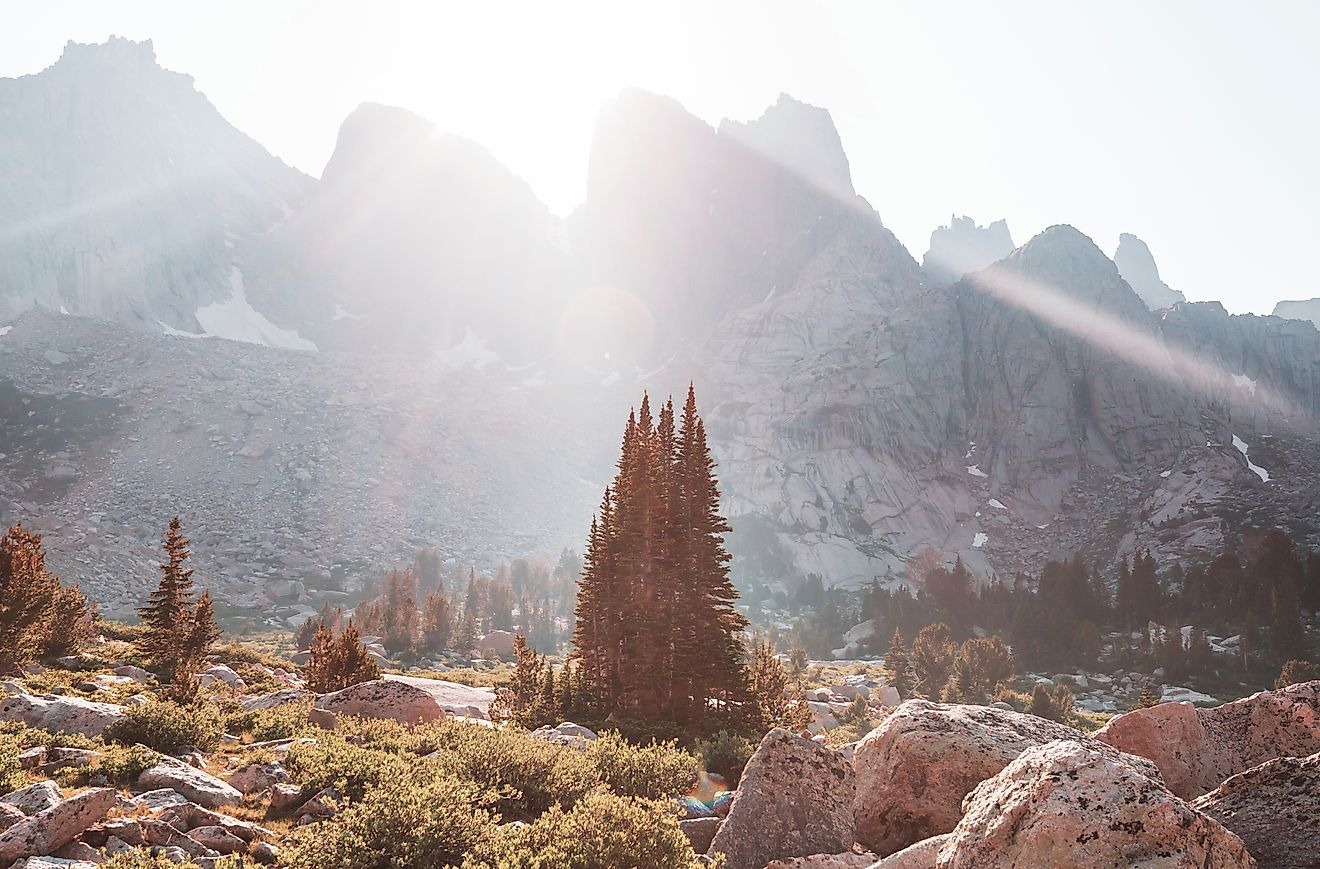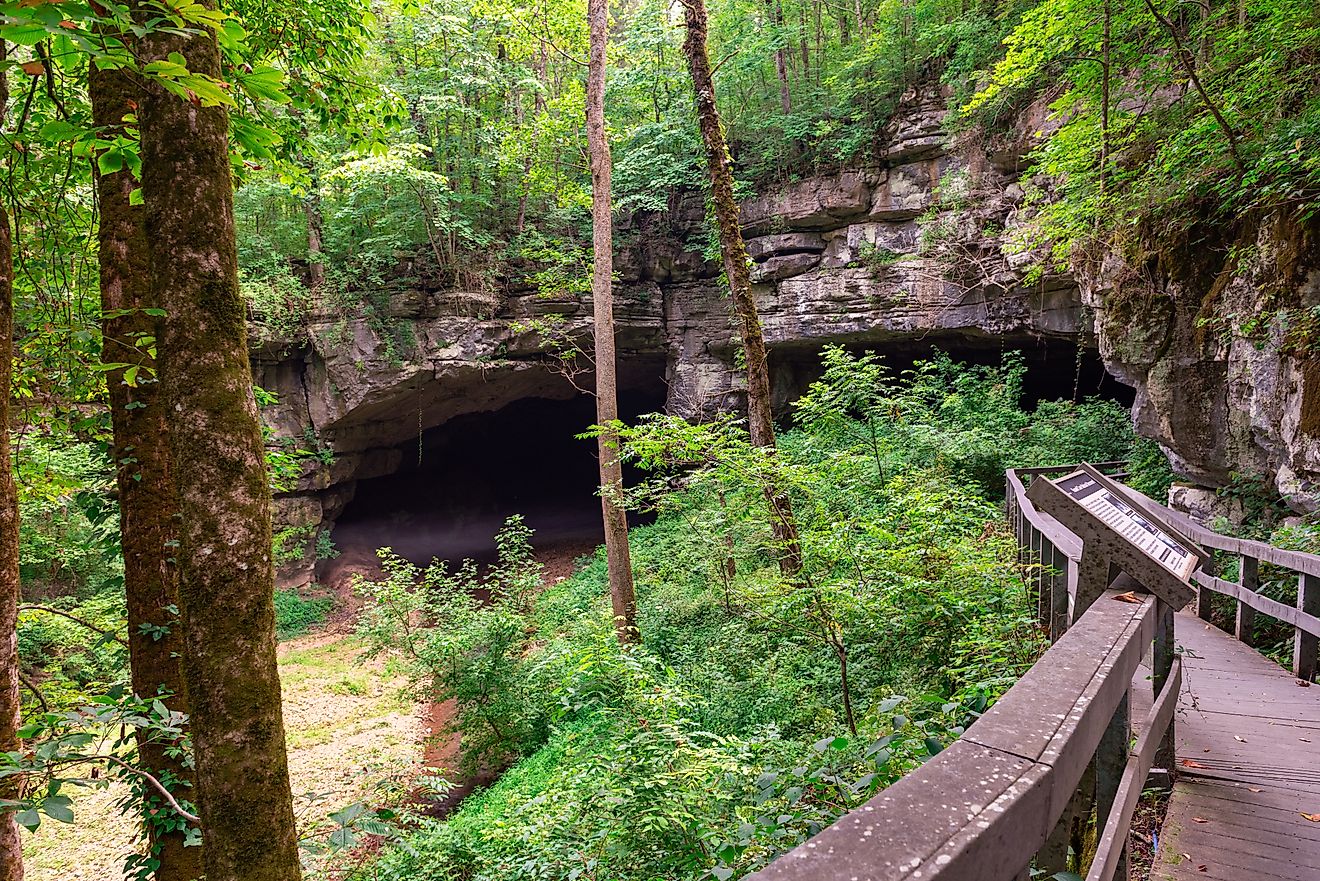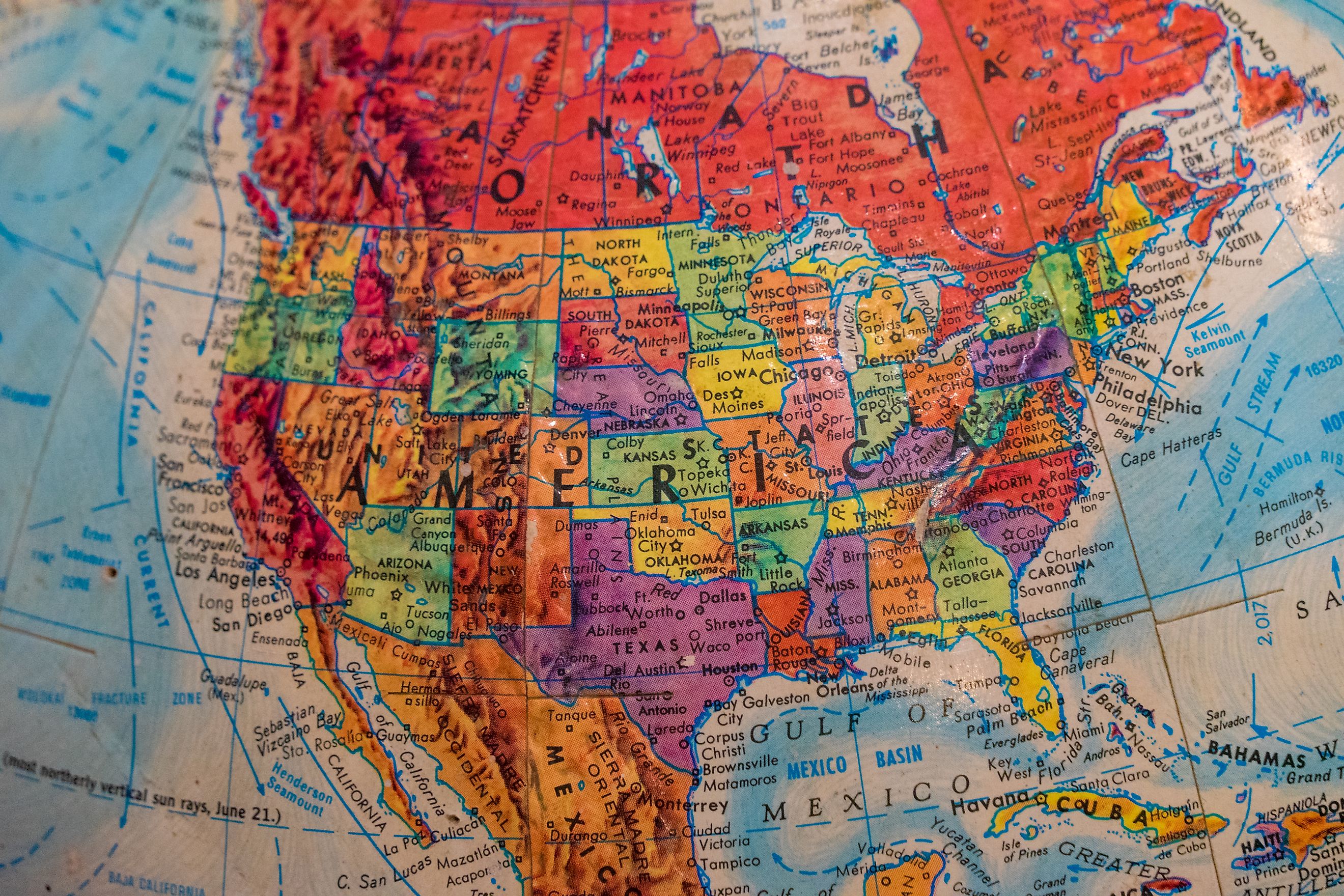
What is the Biggest State in the United States?
The United States is a patchwork of diverse landscapes, cultures, and histories, with each of its 50 states contributing a unique piece to the national tapestry. At the forefront of this mosaic lies Alaska, a behemoth among its peers in terms of sheer size and grandeur.
Stretching across vast expanses of land, Alaska holds the prestigious title of being the largest state in the United States by land area. To put its magnitude into perspective, while Texas boasts substantial acreage, it is only a fraction — a mere 40% — of its total expanse.
But the enormity of Alaska doesn't end there. Astonishingly, this northern giant surpasses the combined land area of 22 of the smallest US states. It's a titan in its own right, covering a staggering 18% of the entire landmass of the United States.
Yet, Alaska's grandeur extends beyond national borders, earning it a place among the largest subnational entities worldwide, ranking seventh in the global hierarchy. Such is its magnitude that if Alaska were an independent nation, it would proudly claim the rank of 18th largest country on Earth.
Exploring the depths of this majestic state reveals the intricacies of its landscapes, the richness of its history, and the secrets nestled within its vast wilderness. Join the journey to uncover the wonders of Alaska, a colossal cornerstone of the American landscape.
Alaska

Alaska's captivating history traces back to its indigenous peoples, who thrived in its vast expanses long before European explorers arrived. In the 17th century, European presence began with Russian settlers establishing themselves in the region, leading to documented interactions starting on August 21, 1732. By 1784, permanent European settlement efforts were underway as the Russian Empire sought to expand its influence.
A pivotal moment arrived in 1876 when economic pressures prompted the Russian Empire to sell Alaska to the United States for 7.2 million US dollars — an event known as the Alaska Purchase. This transaction reshaped the region's geopolitical landscape, setting the stage for its eventual integration into the United States.
Alaska's path to statehood was a gradual journey, reaching a historic milestone on July 7, 1958, when the US Congress approved its petition. A 1946 territorial referendum signaled Alaskans' desire for self-governance and inclusion within the union, culminating in statehood on January 3, 1959.
Today, Alaska is a land of striking contrasts, boasting vast wilderness and a sparse population of just over 3 million residents across its 665,384 square miles. Its natural splendor includes half of the world's glaciers and diverse ecosystems supporting abundant wildlife.
Economic activities center around fishing, natural gas, and oil extraction, shaping the state's economy and livelihoods. Geographically diverse, Alaska comprises distinct regions, each with its own allure:
- Southcentral: Anchorage, a bustling hub of commerce and culture, anchors this region.
- Southeast: The panhandle, home to Juneau and expansive wilderness, features the largest US national forest.
- Interior: Dominated by uninhabited expanses and Mount Denali, it is Alaska's largest region.
- Southwest: Sparse coastal communities and the Yukon–Kuskokwim Delta characterize this region.
- North Slope: Known for vast oil reserves and tundra landscapes, dotted with indigenous villages.
- Aleutian Islands: A remote chain of volcanic islands stretching over 1,200 miles.
Alaska's land ownership is complex, with the US Federal Government holding 65%, followed by state, Native Corporations, and the University of Alaska. While English is predominant, a diverse array of languages enriches its cultural tapestry. Religious beliefs vary, with Christianity predominant but others such as Judaism, Islam, and Hinduism also present.
Other Large States

Texas stands as the colossus among the contiguous states, boasting an expansive land area of 268,596 square miles. Not only does it claim the title of the largest state in terms of landmass, but it also ranks as the second-most populated state across the entire United States. Approximately 28 million people call Texas home, resulting in a population density of roughly 108 individuals per square mile. At the heart of this vast expanse lies Houston, the Lone Star State's largest city, renowned not only for its size but also for its rapid growth, standing as one of the nation's premier urban centers.
Following closely behind Texas, California emerges as the second-largest state in the US, encompassing a total land area of 163,696 square miles. Despite being surpassed by Texas in landmass, California proudly holds the distinction of being the most populous state in the nation, boasting a staggering population of 39 million people — an impressive figure that surpasses the entire population of Canada!
| Rank | State | Size (Square Miles) |
|---|---|---|
| 1 | Alaska | 665,384.04 |
| 2 | Texas | 268,596.46 |
| 3 | California | 163,696.32 |
| 4 | Montana | 147,039.71 |
| 5 | New Mexico | 121,590.30 |
| 6 | Arizona | 113,990.30 |
| 7 | Nevada | 110,571.82 |
| 8 | Colorado | 104,093.67 |
| 9 | Oregon | 98,378.54 |
| 10 | Wyoming | 97,813.01 |
| 11 | Michigan | 96,713.51 |
| 12 | Minnesota | 86,935.83 |
| 13 | Utah | 84,896.88 |
| 14 | Idaho | 83,568.95 |
| 15 | Kansas | 82,278.36 |
| 16 | Nebraska | 77,347.81 |
| 17 | South Dakota | 77,115.68 |
| 18 | Washington | 71,297.95 |
| 19 | North Dakota | 70,698.32 |
| 20 | Oklahoma | 69,898.87 |
| 21 | Missouri | 69,706.99 |
| 22 | Florida | 65,757.70 |
| 23 | Wisconsin | 65,496.38 |
| 24 | Georgia | 59,425.15 |
| 25 | Illinois | 57,913.55 |
| 26 | Iowa | 56,272.81 |
| 27 | New York | 54,554.98 |
| 28 | North Carolina | 53,819.16 |
| 29 | Arkansas | 53,178.55 |
| 30 | Alabama | 52,420.07 |
| 31 | Louisiana | 52,378.13 |
| 32 | Mississippi | 48,431.78 |
| 33 | Pennsylvania | 46,054.35 |
| 34 | Ohio | 44,825.58 |
| 35 | Virginia | 42,774.93 |
| 36 | Tennessee | 42,144.25 |
| 37 | Kentucky | 40,407.80 |
| 38 | Indiana | 36,419.55 |
| 39 | Maine | 35,379.74 |
| 40 | South Carolina | 32,020.49 |
| 41 | West Virginia | 24,230.04 |
| 42 | Maryland | 12,405.93 |
| 43 | Hawaii | 10,931.72 |
| 44 | Massachusetts | 10,554.39 |
| 45 | Vermont | 9,616.36 |
| 46 | New Hampshire | 9,349.16 |
| 47 | New Jersey | 8,722.58 |
| 48 | Connecticut | 5,543.41 |
| 49 | Delaware | 2,488.72 |
| 50 | Rhode Island | 1,544.89 |
